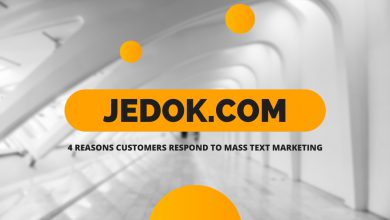
When it comes to pay-per-click (PPC) advertising, Google Ads and Bing Ads are two prominent platforms that offer businesses an opportunity to reach their target audience effectively. In this blog post, we will compare Google Ads and Bing Ads, providing insights into their features, audience reach, targeting options, cost, and performance to help you make informed decisions for your PPC advertising campaigns.
1. Audience Reach and Market Share:
- Google Ads has over 90% of the global search engine market share, reaching billions of users daily through its search engine platform, YouTube, Gmail, and partner websites.
- Bing Ads holds less than 3% of the global market share but offers benefits such as lower costs per click and potentially better ad placement due to less competition. It appeals to an older demographic with higher spending power, which can benefit specific industries like healthcare or finance.
2. Targeting Options:
- Google Ads allows businesses to target ads based on keywords, location, device type, language, and more. It also enables excluding certain keywords or locations to reach the desired audience.
- Bing Ads offers similar targeting capabilities, allowing businesses to target by location, device type, and language, and adjust bids for specific demographics like age, and gender, or even target specific industries or job titles with LinkedIn profile data integration. It provides better demographic targeting options, such as income level targeting.
3. Cost and Competition:
- Google Ads generally has a higher cost per click (CPC) due to its larger user base and more competition for keywords.
- Bing Ads typically has lower CPC rates compared to Google Ads, making it more cost-effective for certain industries and niche markets.
4. Ad Formats and Extensions:
- Both platforms offer various ad formats, including text ads, display ads, shopping ads, and video ads.
- Google Ads provides a wider range of ad extensions, such as sitelinks, call extensions, and review extensions, allowing for more customization and visibility.
- Bing Ads also offers ad extensions, although the options may be more limited.
5. Performance and Conversion Rates:
- Google Ads has a larger audience reach, with over 90% of internet searches conducted through Google. However, competition on Google Ads can result in higher CPC rates, requiring a solid understanding of keywords and ad targeting to maximize ROI.
- Bing Ads offers a smaller audience reach but often has lower CPC rates, which can lead to a higher conversion rate in certain cases.
6. Geographic Considerations:
- Google remains the dominant search engine globally, but the popularity of search engines can vary by region. In some areas, Google may not be as popular as local search engines like Baidu or Yandex.
- Businesses operating in specific geographic regions should evaluate the search engine preferences of their target audience to determine the best platform for advertising.
Conclusion:
When comparing Google Ads and Bing Ads for PPC advertising, several factors such as audience reach, targeting options, cost, ad formats, and performance should be considered. Google Ads offers a broader reach and extensive targeting capabilities, while Bing Ads can be more cost-effective and provide a higher conversion rate in certain cases. Carefully assessing your target audience, budget, industry competitiveness, and geographic considerations will help determine the best platform or a combination of both to maximize the effectiveness of your PPC advertising campaigns.


